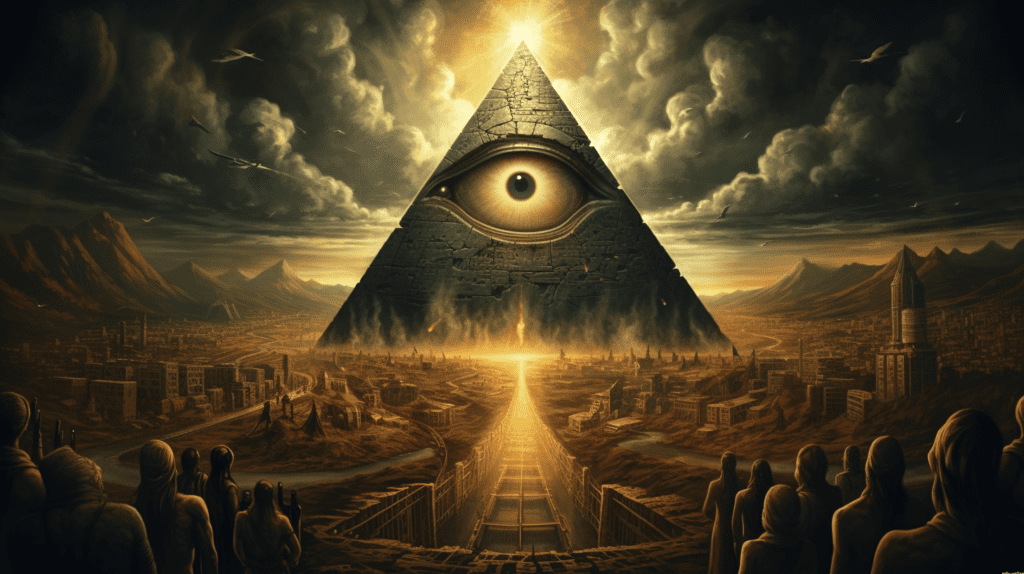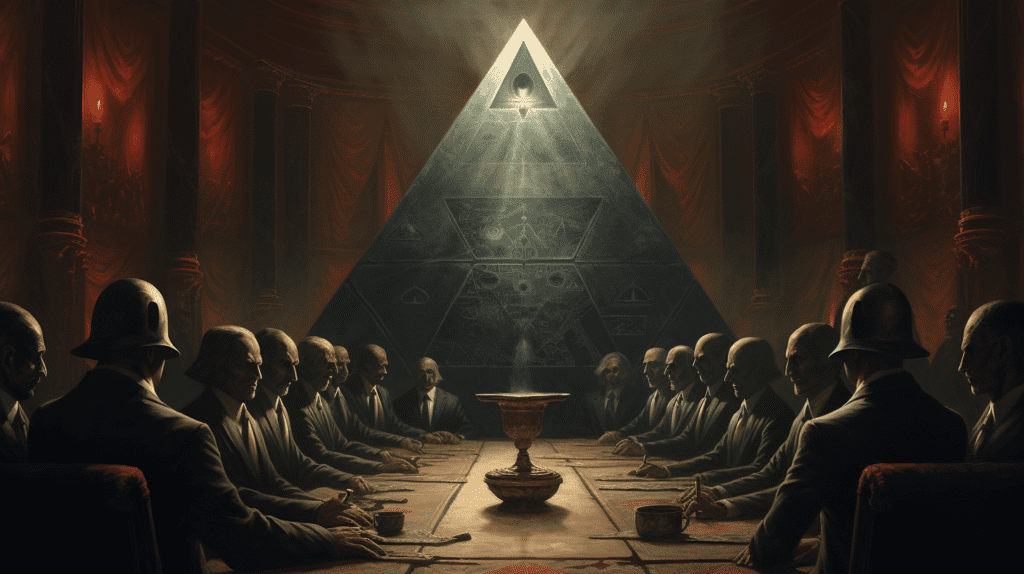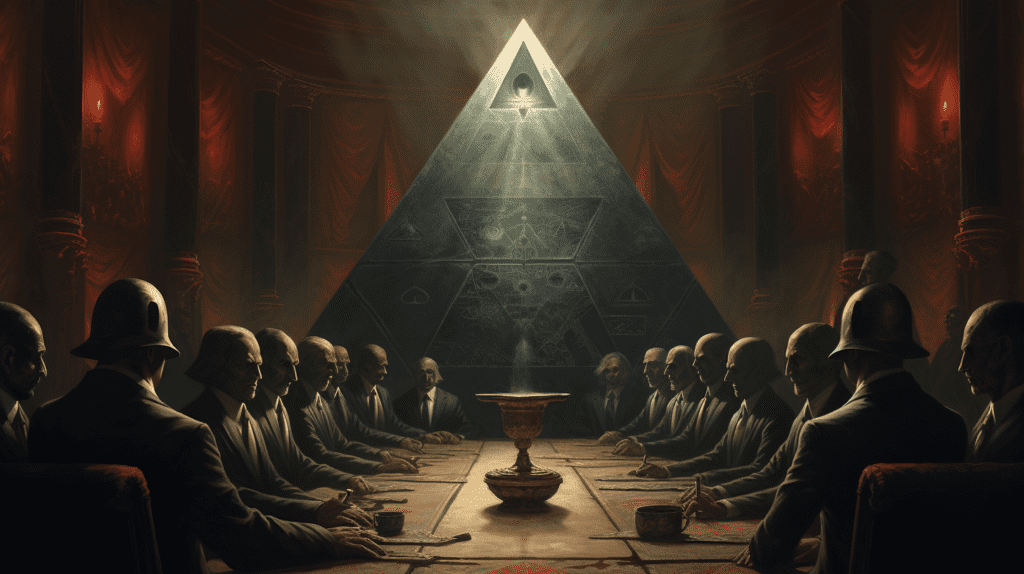The adrenochrome conspiracy theory is a complex and widely debunked claim that has its roots in various strands of mythology, pseudoscience, disinformation, and misinformation. It’s important to approach this topic with a critical thinking perspective, understanding that these claims are not supported by credible evidence or scientific understanding.
Origin and evolution of the adrenochrome theory
The origin of the adrenochrome theory can be traced back to the mid-20th century, but it gained notable prominence in the context of internet culture and conspiracy circles in the 21st century. Initially, adrenochrome was simply a scientific term referring to a chemical compound produced by the oxidation of adrenaline. However, over time, it became entangled in a web of conspiracy theories.
In fiction, the first notable reference to adrenochrome appears in Aldous Huxley’s 1954 work “The Doors of Perception,” where it’s mentioned in passing as a psychotropic substance. Its more infamous portrayal came with Hunter S. Thompson’s 1971 book “Fear and Loathing in Las Vegas,” where adrenochrome is depicted as a powerful hallucinogen. These fictional representations played a significant role in shaping the later conspiracy narratives around the substance.
The conspiracy theory, explained
The modern adrenochrome conspiracy theory posits that a global elite, often linked to high-profile figures in politics, entertainment, and finance, harvests adrenochrome from human victims, particularly children. According to the theory, this substance is used for its supposed anti-aging properties or as a psychedelic drug.
This theory often intertwines with other conspiracy theories, such as those related to satanic ritual abuse and global cabal elites. It gained significant traction on internet forums and through social media, particularly among groups inclined towards conspiratorial thinking. Adrenochrome theory fundamentally contains antisemitic undertones, given its tight similarity with the ancient blood libel trope — used most famously by the Nazi regime to indoctrinate ordinary Germans into hating the Jews.
Lack of scientific evidence
From a scientific perspective, adrenochrome is a real compound, but its properties are vastly different from what the conspiracy theory claims. It does not have hallucinogenic effects, nor is there any credible evidence to suggest it possesses anti-aging capabilities. The scientific community recognizes adrenochrome as a byproduct of adrenaline oxidation with limited physiological impact on the human body.
Impact and criticism
The adrenochrome conspiracy theory has been widely criticized for its baseless claims and potential to incite violence and harassment. Experts in psychology, sociology, and information science have pointed out the dangers of such unfounded theories, especially in how they can fuel real-world hostility and targeting of individuals or groups.
Furthermore, the theory diverts attention from legitimate issues related to child welfare and exploitation, creating a sensationalist and unfounded narrative that undermines genuine efforts to address these serious problems.
Psychological and social dynamics
Psychologists have explored why people believe in such conspiracy theories. Factors like a desire for understanding in a complex world, a need for control, and a sense of belonging to a group can drive individuals towards these narratives. Social media algorithms and echo chambers further reinforce these beliefs, creating a self-sustaining cycle of misinformation.
Various legal and social actions have been taken to combat the spread of the adrenochrome conspiracy and similar misinformation. Platforms like Facebook, Twitter, and YouTube have implemented policies to reduce the spread of conspiracy theories, including adrenochrome-related content. Additionally, educational initiatives aim to improve media literacy and critical thinking skills among the public to better discern fact from fiction.
Ultimately, the adrenochrome conspiracy theory is a baseless narrative that has evolved from obscure references in literature and pseudoscience to a complex web of unfounded claims, intertwined with other conspiracy theories. It lacks any credible scientific support and has been debunked by experts across various fields.
The theory’s prevalence serves as a case study in the dynamics of misinformation and the psychological underpinnings of conspiracy belief systems. Efforts to combat its spread are crucial in maintaining a well-informed and rational public discourse.




